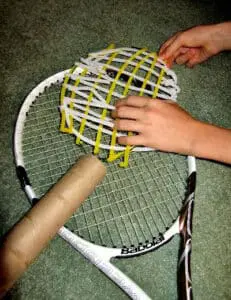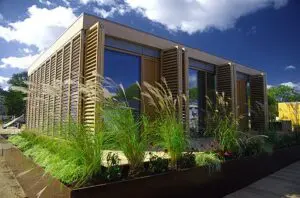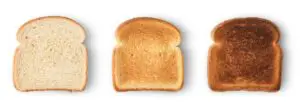This article contains collapsible sections with activity materials, instructions, and additional resources. Use the expand/collapse buttons to view each section.
Activity Content Sections
Click to expand or collapse the materials needed section


 Make sure that the ping-pong ball will stick to the target when it is volleyed and that the target is positioned properly to enable students to potentially hit the bull’s-eye. (Consider the age of your students to determine what distance from the target your students must stand when hitting the ball.)
Make sure that the ping-pong ball will stick to the target when it is volleyed and that the target is positioned properly to enable students to potentially hit the bull’s-eye. (Consider the age of your students to determine what distance from the target your students must stand when hitting the ball.) Tell teams to sketch 3–4 designs, keeping the materials available in mind. They can create these designs individually, in pairs, or as a whole team. They then should discuss the designs as a team and determine which one is best. Once they pick the best design, tell them to list which materials they will use.
Tell teams to sketch 3–4 designs, keeping the materials available in mind. They can create these designs individually, in pairs, or as a whole team. They then should discuss the designs as a team and determine which one is best. Once they pick the best design, tell them to list which materials they will use.





1 Comment
Thanks